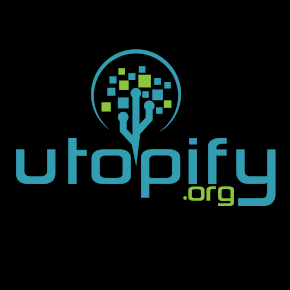I want to find the most sustainable operating system, because computers nowadays waste a lot of energy, because of data collection and data processing. Avoiding unnecessary processes and using resources in a mindful way could reduce the CO2 output on the whole world.
This discussion grew very fast and I put all links to other platforms in the end of the blog article.



It’s multi-purpose. It mostly gets used for servers, but it can be used as a client.
The CentOS project went through a repositioning in the last couple of years, and things got weird there for a minute.
CentOS 8 is EoL. CentOS Stream 8 is still supported, and there wasn’t significant differences between 8 and Stream 8. CentOS Stream 9 is the latest version, and it’s supported.
CentOS was repositioned to be the upstream of RHEL instead of downstream. In practical terms, CentOS gets packages slightly before RHEL does, and there are more companies and people working on adding software to CentOS then RHEL.
There are a few true downstream rebuilds of RHEL, like Rocky Linux, but it’s too early to tell if they’re going to be around long term.
dnfin included in CentOS Stream 8. There is also ayumcompatibility package installed, which aliasesyumtodnf.dnfandyumwork the same way, as far as users are concerned. Knowing one is basically knowing the other.Going forward,
dnfis the package manager for the Red Hat ecosystem.That’s another thing. Fedora can be upgraded in place. CentOS and RHEL subscribe to the clean install philosophy.
Python3 has been included in the repos since CentOS 7.
It’s a mixture of things depending on what I need.
I do ops and dev work on my desktops/laptops, so there’s Flatpak for GUI tools, GUI and CLI tools from RPMs, services installed from RPMs, some container tools, and custom installs. It’s very much not a basic install.
Servers have stuff from RPMs, containers, and custom installs.
It depends on what you need. If you want to do some Python development for yourself, using a newer version of CentOS and installing Python from the repos is the easiest way.
Containers are a good way to isolate software from the base system, but they add more complexity and systems to manage.
Toolbx is a good way to create disposable environments to work in.
Toolbx
https://containertoolbx.org/
Pkgs.org is a good resource to find packages in the various repos.
https://pkgs.org/search/?q=python3